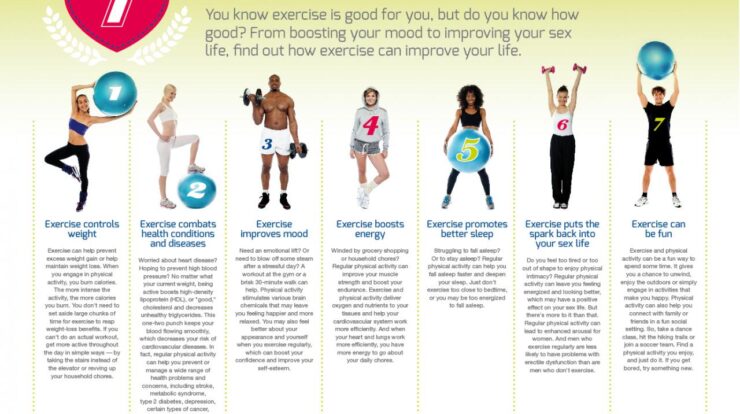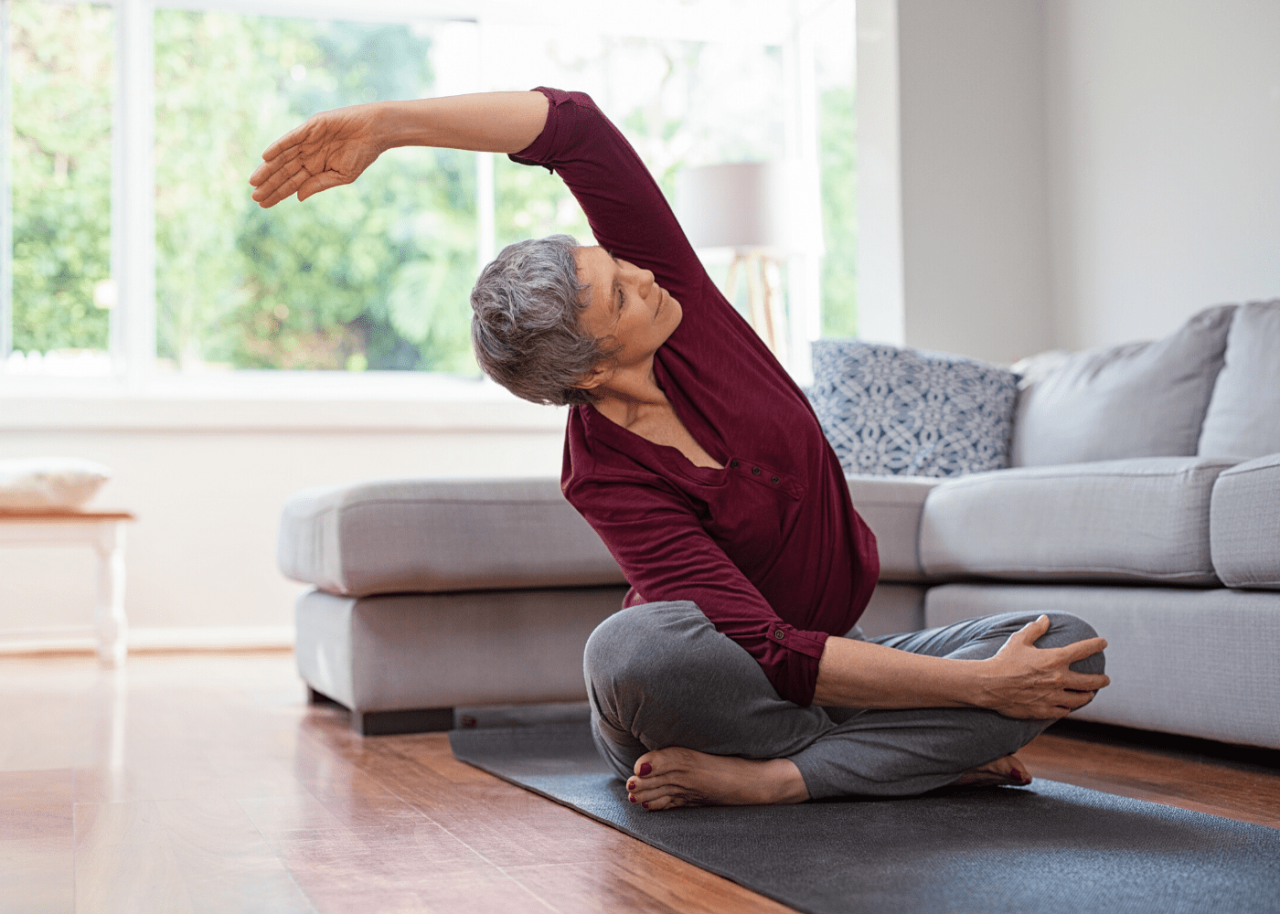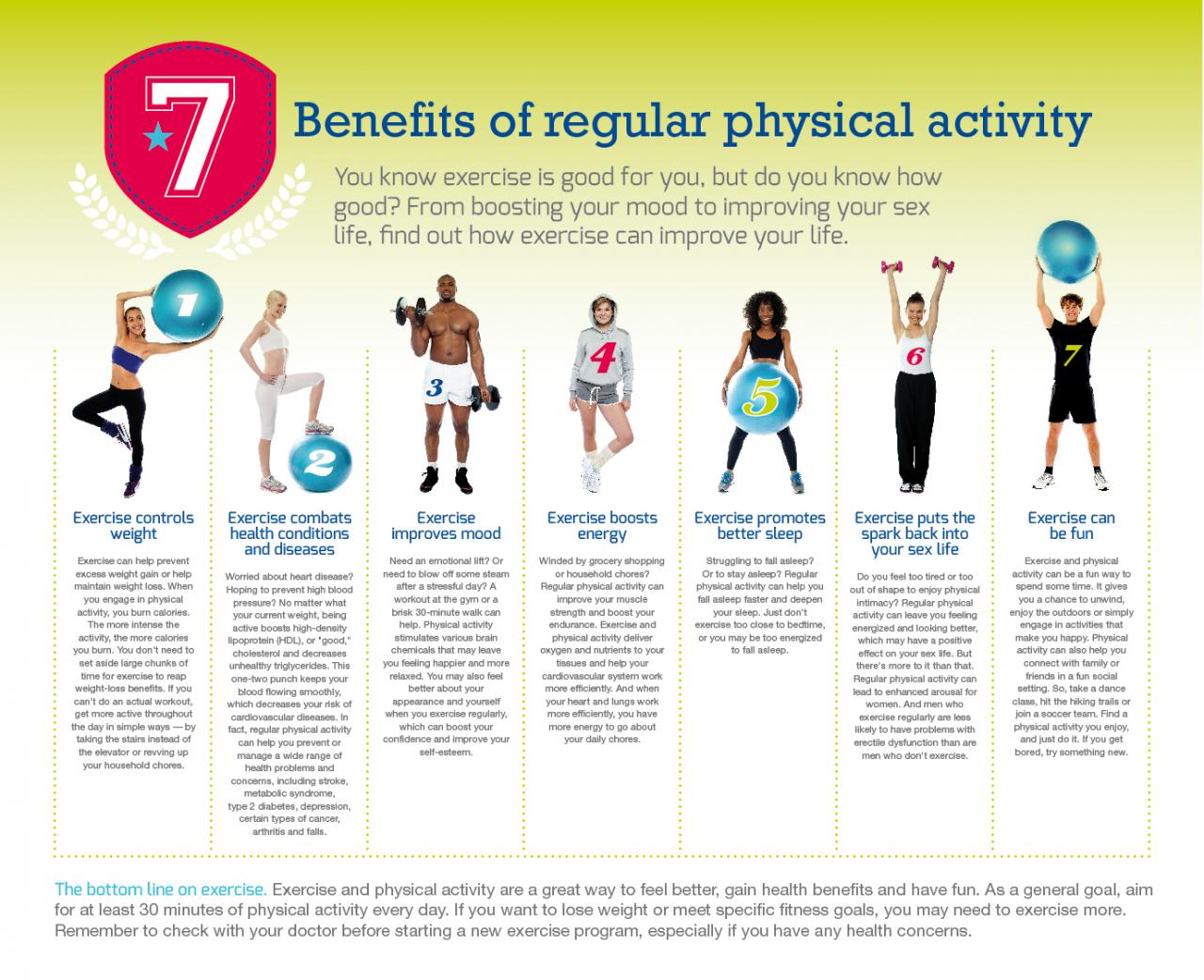
Explain why regular exercise is the best way to prevent flexibility issues. – Regular exercise stands as the cornerstone of maintaining flexibility, a crucial aspect of overall health and well-being. Its benefits are far-reaching, safeguarding against the debilitating effects of stiffness, pain, and reduced mobility.
Research has consistently demonstrated the profound impact of regular exercise on flexibility. It enhances the elasticity of muscles, tendons, and ligaments, promoting a wider range of motion and reducing the risk of injuries.
Introduction: Explain Why Regular Exercise Is The Best Way To Prevent Flexibility Issues.

Flexibility is a crucial aspect of overall health and well-being. It allows for a wide range of motion, reduces pain and stiffness, and improves balance and coordination. Conversely, flexibility issues can lead to discomfort, reduced mobility, and an increased risk of injuries.
Benefits of Regular Exercise for Flexibility
Regular exercise is the most effective way to prevent flexibility issues. Studies have shown that stretching and other forms of exercise can improve flexibility in individuals of all ages. Different types of exercise contribute to flexibility in various ways:
- Stretching:Targets specific muscle groups to increase their range of motion.
- Yoga:Combines stretching, breathing exercises, and meditation to enhance flexibility and body awareness.
- Pilates:Focuses on core strength, stability, and flexibility through controlled movements.
Warm-up and cool-down exercises are also essential for preventing flexibility issues. Warming up prepares the body for exercise by increasing blood flow and muscle temperature, while cooling down helps prevent muscle soreness and stiffness.
Specific Exercises for Improving Flexibility

| Exercise | Benefits | Muscle Groups Targeted | Illustration |
|---|---|---|---|
| Standing Quad Stretch | Improves flexibility in the quadriceps and hip flexors. | Quadriceps, hip flexors | [Insert illustration of standing quad stretch] |
| Hamstring Stretch | Enhances flexibility in the hamstrings and calves. | Hamstrings, calves | [Insert illustration of hamstring stretch] |
| Child’s Pose | Stretches the hips, thighs, and spine. | Hips, thighs, spine | [Insert illustration of child’s pose] |
| Downward-Facing Dog | Increases flexibility in the hamstrings, calves, and spine. | Hamstrings, calves, spine | [Insert illustration of downward-facing dog] |
| Cat-Cow Stretch | Improves flexibility in the spine and hips. | Spine, hips | [Insert illustration of cat-cow stretch] |
A sample exercise routine that incorporates these exercises could include:
- Standing Quad Stretch (30 seconds per leg)
- Hamstring Stretch (30 seconds per leg)
- Child’s Pose (1 minute)
- Downward-Facing Dog (1 minute)
- Cat-Cow Stretch (10 repetitions)
Lifestyle Factors that Impact Flexibility
Age, genetics, and nutrition can influence flexibility. As we age, our bodies naturally produce less collagen, a protein that contributes to flexibility. Genetics can also play a role, with some individuals having naturally more flexible joints and muscles than others.
Experiencing back pain? Read this to understand how stiff and tight muscles can contribute to back discomfort. Learn about the importance of stretching and exercising to relieve pain and improve mobility.
Nutrition, particularly adequate hydration, is essential for maintaining joint health and flexibility.
Stress, sleep, and hydration can also affect flexibility. Stress can lead to muscle tension and stiffness, while lack of sleep can reduce the body’s ability to recover from exercise. Proper hydration keeps joints lubricated and prevents dehydration, which can reduce flexibility.
Mothers deserve all the love and appreciation, especially on their special day. Visit this site to celebrate the memory of mothers who have passed away and to express gratitude for their unconditional love.
Prevention and Treatment of Flexibility Issues
Regular exercise is the key to preventing flexibility issues. By incorporating stretching and other forms of exercise into your routine, you can maintain optimal flexibility throughout life.
If you experience any flexibility issues, it’s important to identify and address them early on. Consult a healthcare professional or physical therapist to determine the underlying cause and develop a personalized treatment plan. Physical therapy and massage therapy can help improve flexibility and reduce pain and stiffness.
Last Point
In conclusion, incorporating regular exercise into one’s routine is the most effective strategy to prevent flexibility issues. By promoting flexibility, exercise empowers individuals to maintain an active and fulfilling lifestyle well into their golden years.
If you’re looking to strengthen your back muscles , try these effective exercises that you can do at home. This resource provides step-by-step instructions and helpful tips to improve your back health and prevent future pain.
Essential FAQs
Why is flexibility important?
Flexibility is essential for maintaining a wide range of motion, reducing the risk of injuries, and promoting overall physical well-being.
How does regular exercise improve flexibility?
Exercise increases the elasticity of muscles, tendons, and ligaments, allowing for greater range of motion.
What types of exercise are best for improving flexibility?
Stretching, yoga, and Pilates are excellent exercises for enhancing flexibility.
How often should I exercise to improve flexibility?
Aim for at least 30 minutes of flexibility-enhancing exercise most days of the week.